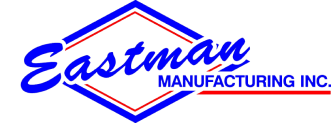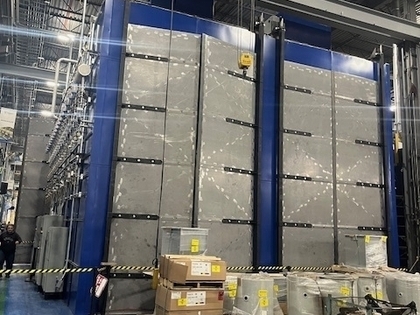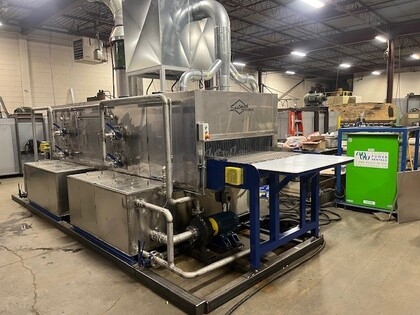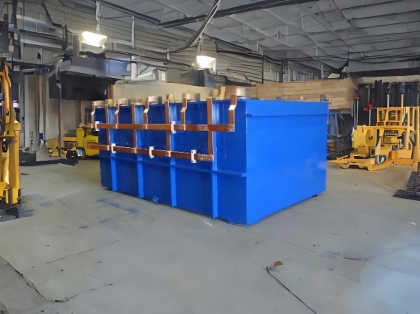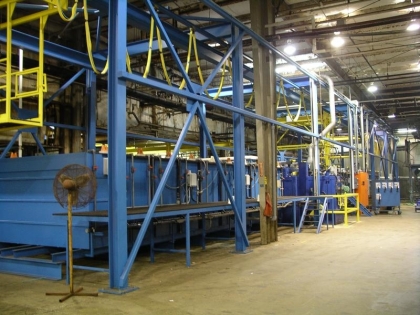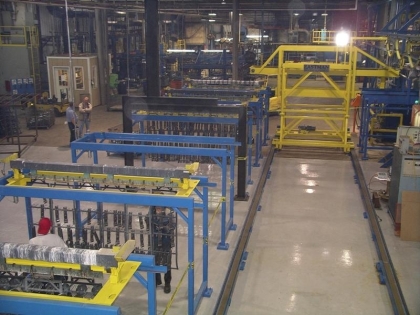Blog
Tips for Buying a Conveyor Oven
August 22, 2017
Conveyor ovens play an indispensable role in the extreme heating and curing processes. For instance, when used in cooking, the conveyor oven is able to achieve high and evenly distributed heat. This is due to the presence of an adjustment belt which allows for even heat distribution and dissipation during the heating process.
Conveyor ovens are classed into three primary types:
- Forced air (impingement) ovens. These ovens have gas burners or electric elements for heating the air underneath. The fans then blow the heated air though the contents being heated. The process leads to rapid heat transfer by conventional currents and along the belt, leading to excellent heating capabilities even at high temperatures.
- Radiant ovens. These are fitted with heating elements underneath and above the conveyor belts. As the elements heats the air inside the oven, the interior parts of the oven radiates the heat, leading to even curing of the contents in the heating chamber.
- Infrared ovens. Ovens in this class have heating elements fitted over and underneath the conveyor belts.
Here are some factors to consider when buying a conveyor oven:
- Belt width. The amount of heat dissipated in an oven depends on the size of the belt. This means that ovens with larger conveyor belts are more effective than those with narrower ones and can attain extremely high temperatures.
- Number of belts. The number of cooking area in a conveyor oven is determined by the number of belts the oven has. It is common for these types of oven to have single or double belts.
- Controlling styles. Temperature control in conveyor ovens is done through the use of advanced electronic components. These features allow users to effectively manage the temperature within the oven. Advanced ovens can be controlled remotely through sensor-based software and hardware equipment, while basic ones are controlled manually.
